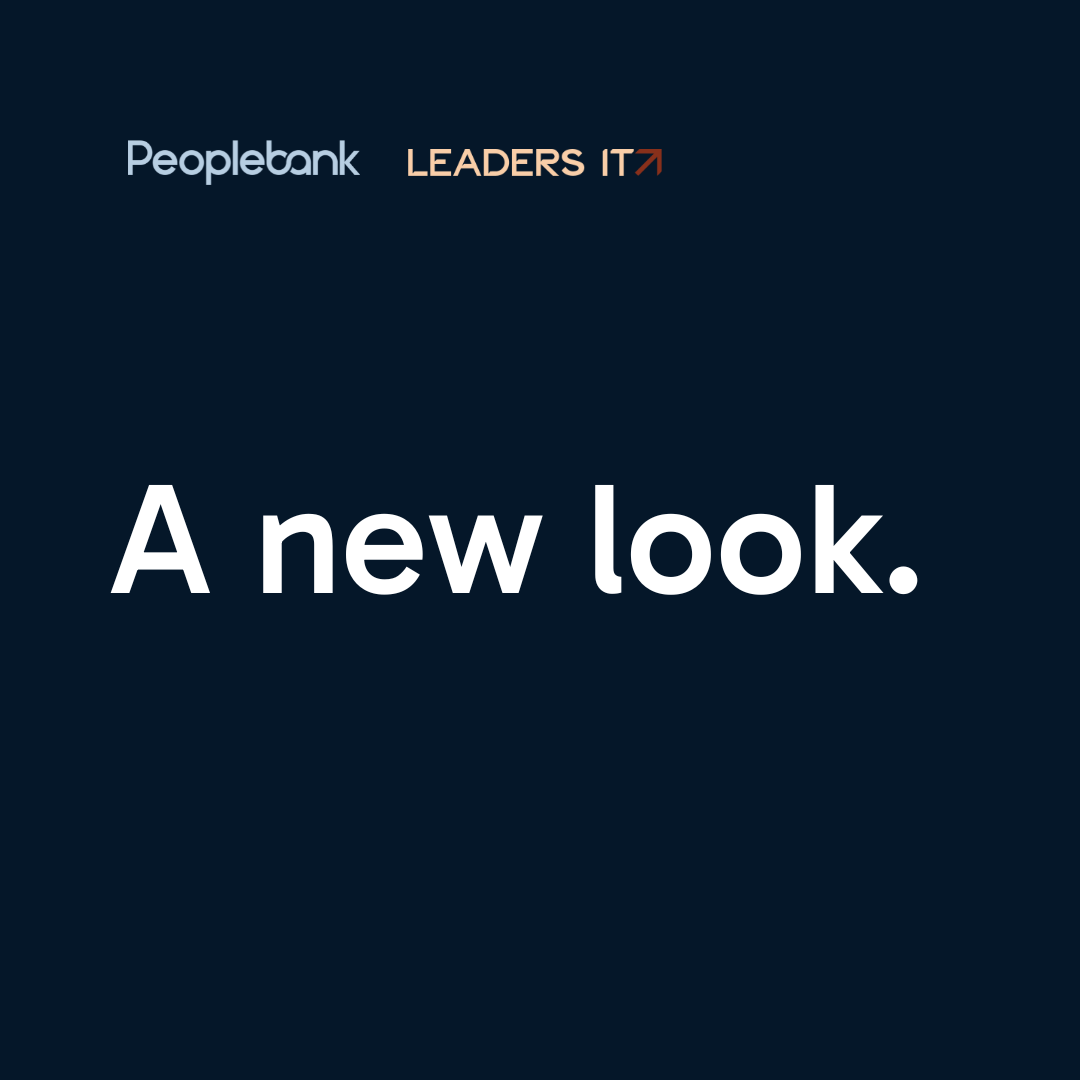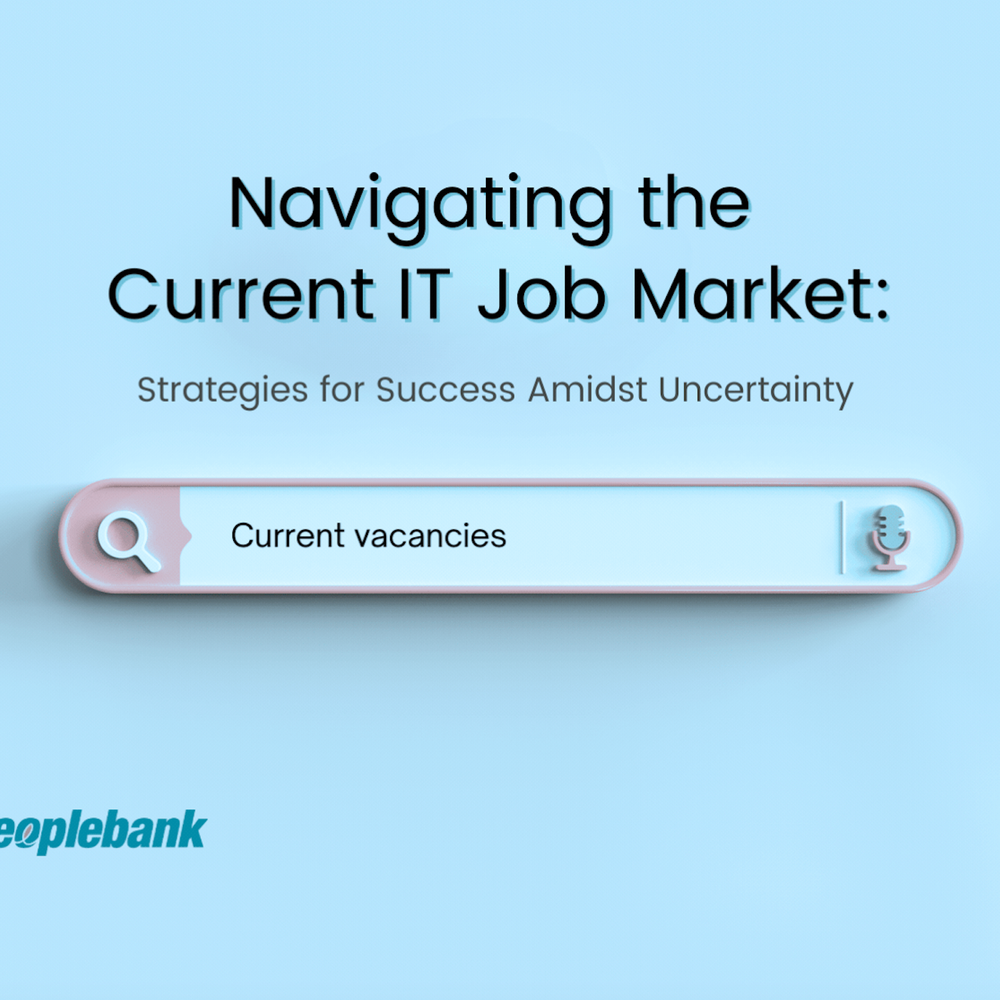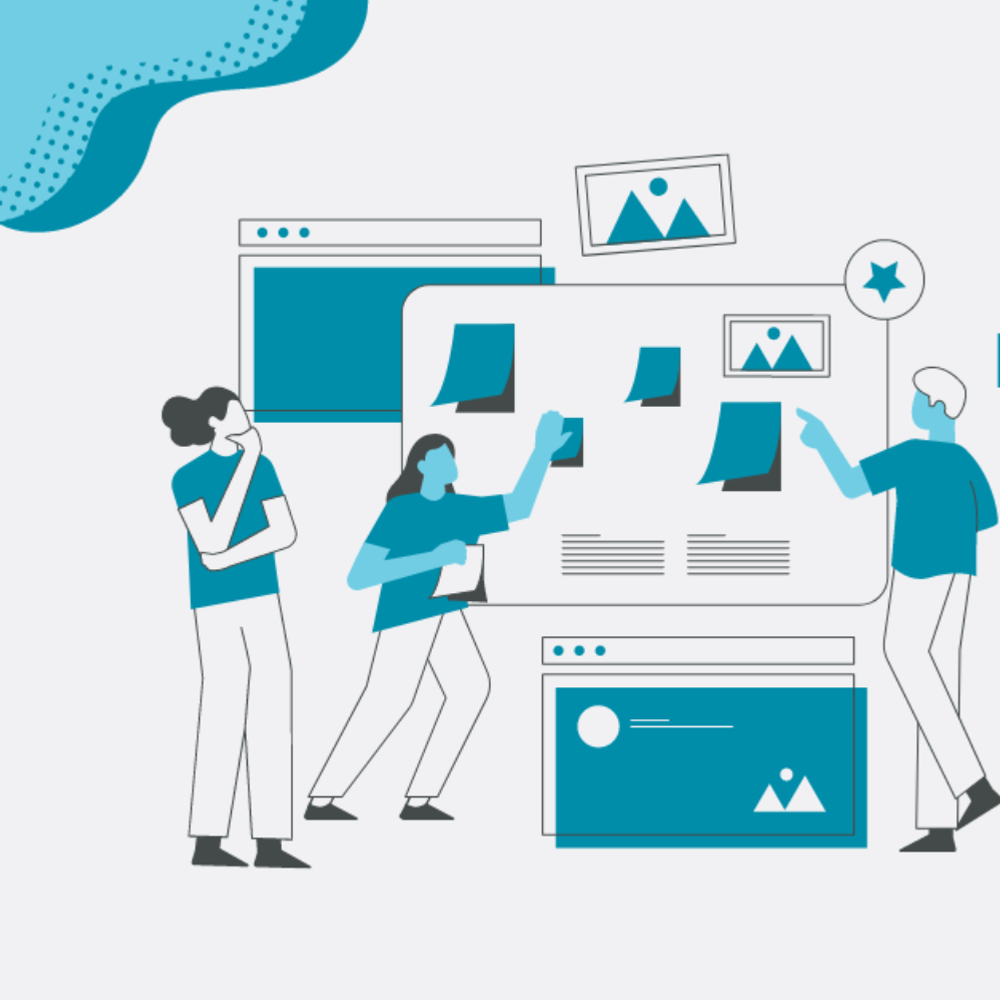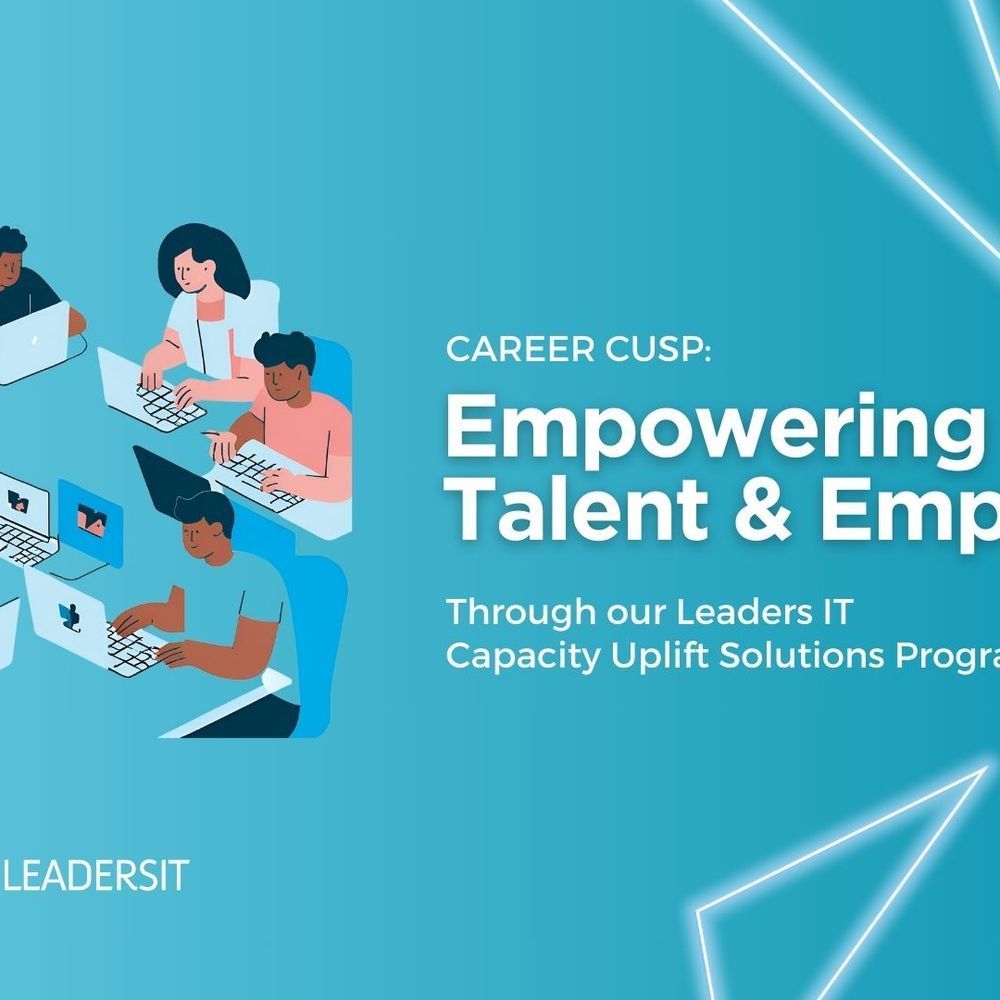Utilising technology for sustainable business practices
As the world continues to face growing concerns over sustainability, businesses are becoming increasingly aware of and looking for ways to reduce their environmental impact. While many have turned to renewable energy and waste reduction strategies, the role of technology in promoting sustainability cannot be ignored. The integration of technology and specialised digital systems can help businesses reduce energy usage, decrease waste, and lessen their overall environmental footprint.
Sustainable business practices: Streamlined and paper-free operations
Incorporating streamlined and paper-free systems into businesses can help them become more sustainable by reducing their overall environmental impact. By eliminating the need for physical resources such as paper and ink, businesses are able to reduce carbon emissions associated with manufacturing and transportation of these materials as well as the excess waste created by using these products. Using digital systems such as digital contracts, invoicing, and cloud-based storage systems can reduce the need for excessive paper products allowing businesses to save money while also being environmentally responsible. Digital systems can also provide business leaders with greater access to customer data which can help them make informed decisions that are both ecologically conscious and economically sound.
Sustainable business practices: Real-time monitoring and carbon footprint reduction
Technology enables businesses to monitor their environmental impact in real-time and identify areas that need improvement. Energy management systems can help to identify areas of energy waste, optimise the business' energy usage and reduce overall consumption. By monitoring these metrics, businesses can identify areas of inefficiency, improve the success of their operations, and subsequently reduce their environmental impact.
Monitoring can include energy usage, waste management, water usage, and other environmental parameters. Satellite systems can be used to monitor energy from space, IoT (Internet of Things) sensors installed in power systems, machinery, and HVAC units, can help to optimise energy consumption by automatically adjusting the power settings based on environmental conditions. Energy management systems can also integrate with renewable energy solutions such as wind, solar, and hydro to reduce traditional energy usage, further improving sustainability. Improving the energy efficiency of the business can help cut down on energy costs and reduce the business’ carbon footprint.
Sustainable business practices: Waste management and recycling
Smart solutions like waste management software, GPS-tracked waste collection, and recycling sensors can help businesses to better manage waste disposal and track their impact. Technology can help companies to build waste management systems that not only reduce the amount of waste generated but also increase the amount of waste efficiently recycled. Waste management tools such as data analytics, sensor tools, and smart waste bin technology can automate waste management processes, ensuring the efficient and effective use of resources.
Technology has also fueled the rise of the Circular economy. The Circular economy model seeks to create a closed-loop system where waste is minimised, unused resources are repurposed for other uses, and unnecessary resources are eliminated from a business' usage. Digital solutions have been developed to maintain a flow of materials by allowing waste and unused resources to be channeled to other users. These solutions leverage platforms to match supply and demand of unused products and materials, create new product life cycles, and generating new streams of revenue.
Sustainable business practices: Supply Chains
The digital implementation for businesses' sustainable goals can completely change their operations. Sustainability in the supply chain is becoming increasingly important to both consumers and businesses and by leveraging technology, businesses can ensure transparency and traceability throughout their supply chain, monitoring environmental and social risks and making more informed purchasing decisions. Technologies like blockchain, predictive analytics, and digital portals enable businesses to track the entire product lifecycle, reducing the environmental impact of the supply chain.
Digitisation in supply chains can also help businesses reduce, and better manage, waste in their operations. A digitally monitored supply chain facilitates collaboration, real-time decision making, and more efficient movement of goods. Businesses can also use digital data to track environmental performance and identify areas to reduce their carbon footprint.
Sustainable business practices: Transportation solutions, telecommuting and remote work
Transportation is another area in which businesses can reduce environmental impact by leveraging technological solutions. Vehicles powered by electricity, hydrogen, or hybrid engines can reduce carbon emissions, but also improve fuel efficiency and reduce running costs for the business in the long run. Besides electric vehicles, businesses can use data analytics tools to optimise routes for delivery or goods and services and reduce the number of vehicles on the road, leading to a reduction in emissions.
Thanks to the pandemic and the continued popularity of remote working, using video conferencing tools, cloud computing, and remote access to information systems, employees can work from anywhere, reducing the need for travel to the office. This saves employees time and money and reduces carbon emissions associated with commuting. It also reduces the business overheads in relation to office space and energy usage.
Technology has proven to have a significant role in creating more sustainable businesses. By leveraging technology, businesses can help protect the environment and establish a reputation for themselves as socially responsible companies. Furthermore, these initiatives can improve overall operational efficiency, reduce costs, and enhance the bottom line. While many of the points addressed may sound out of reach for businesses who are just starting to consider their carbon footprint and turning towards more sustainable practices, there are simple steps a business can take to start utilising technology to create more sustainable business operations;
- Establish automated processes to shut down computers after hours
- Consider energy star ratings before procuring any new technology
- Allow staff the options of remote or work-from-anywhere policies
- Continue to utilise video conferencing s an alternative to in-person meeting requiring travel
- Utilise multifunction devices over stand-alone devices
- Properly dispose of e-waste
- Utilise paper-free and digital operations where you can













